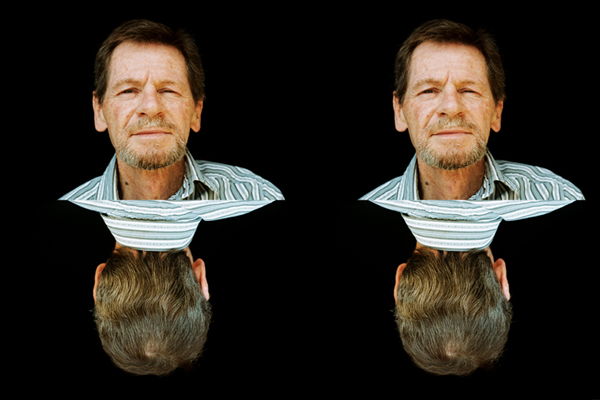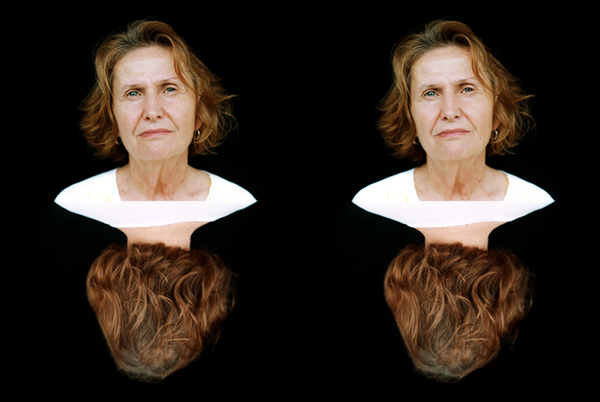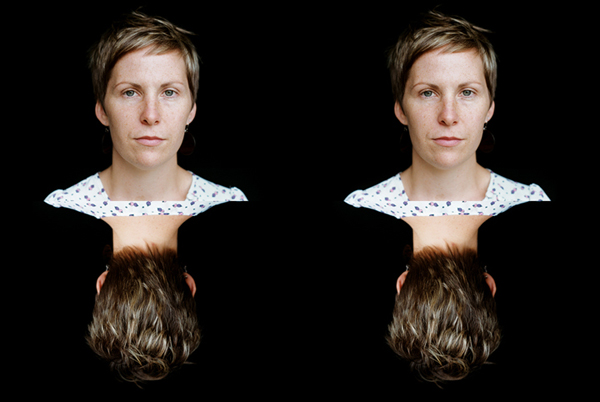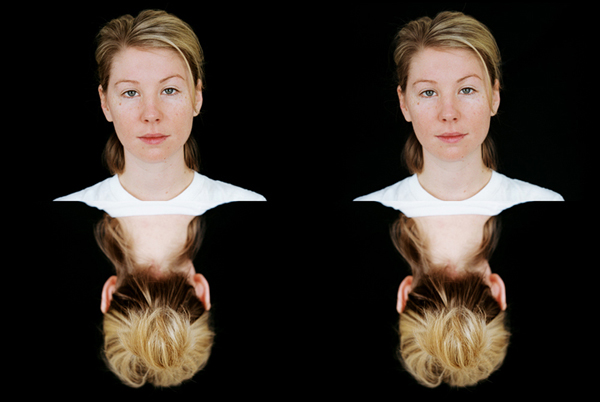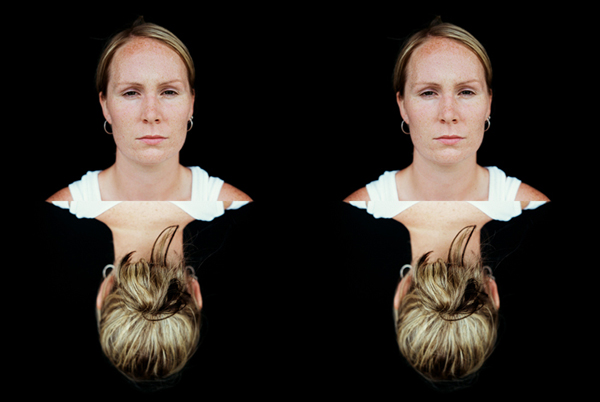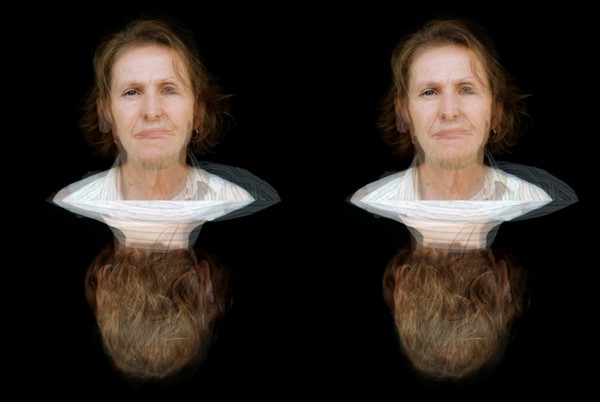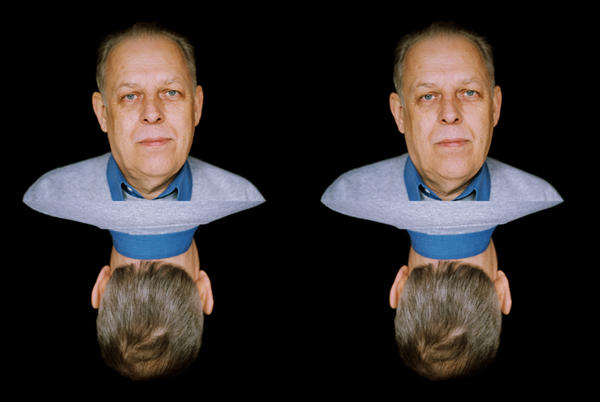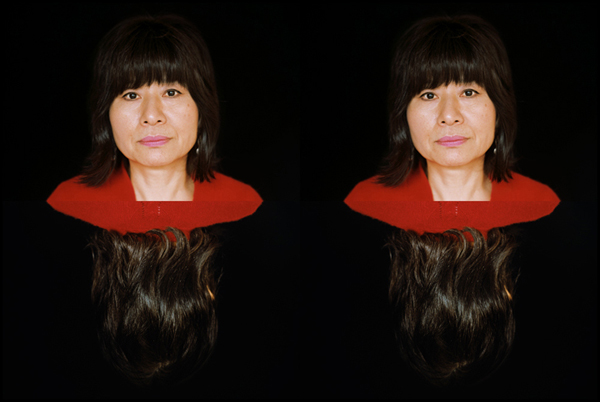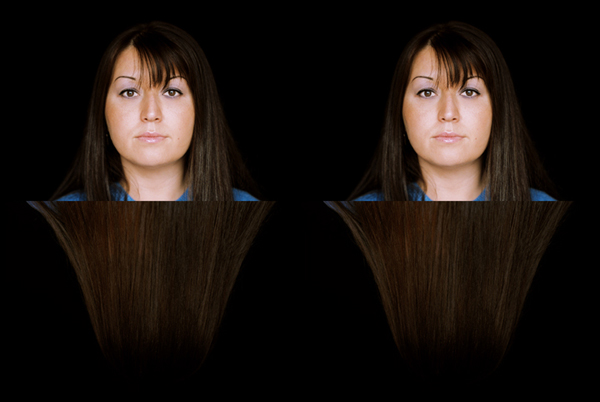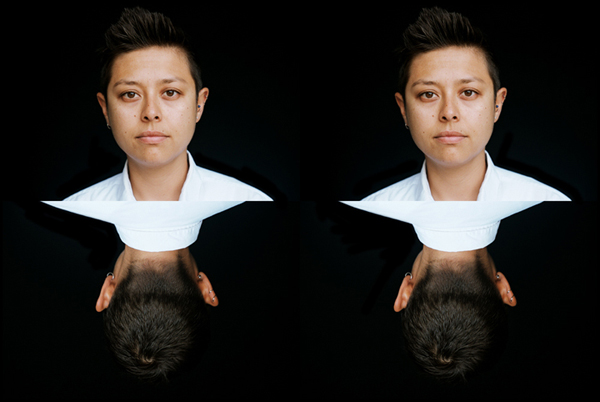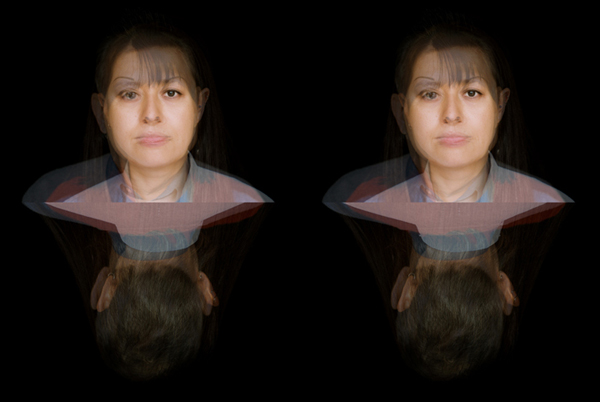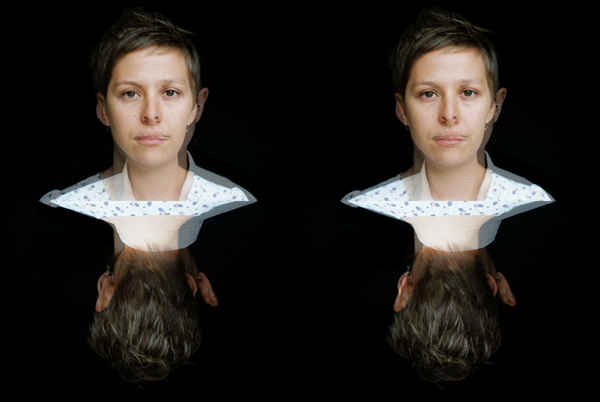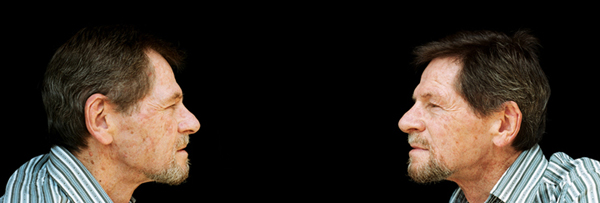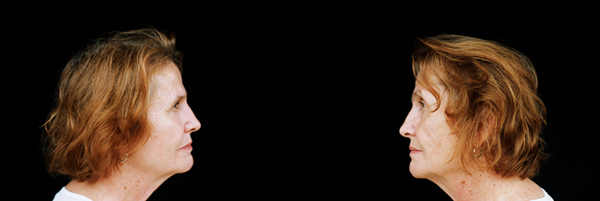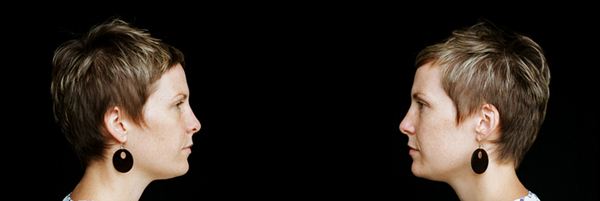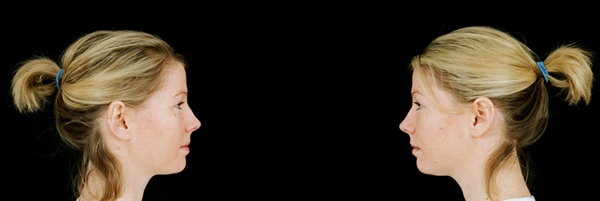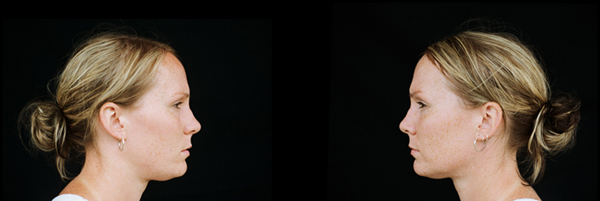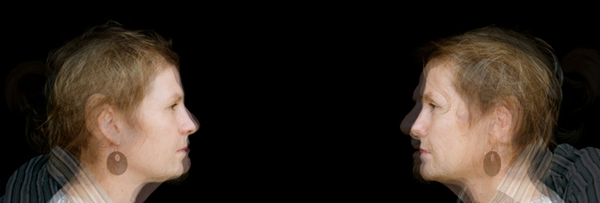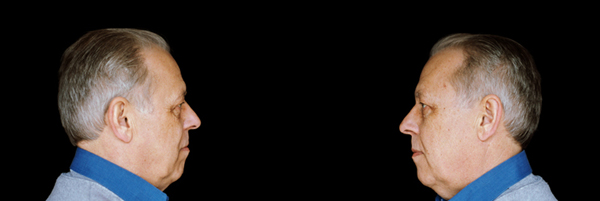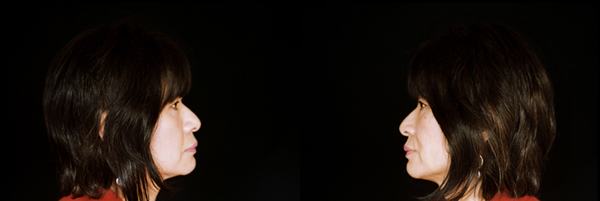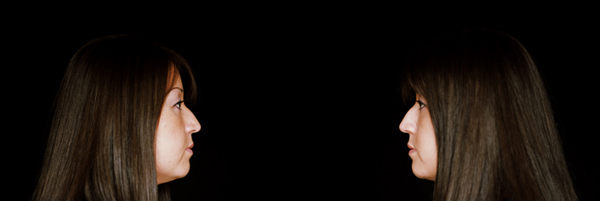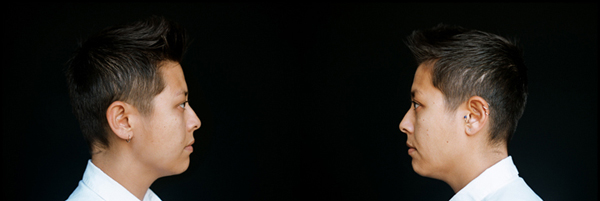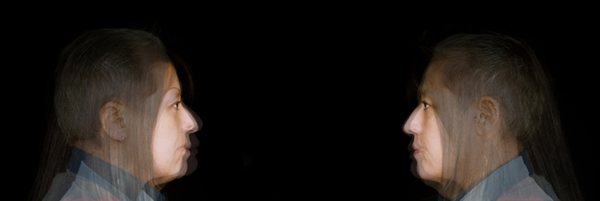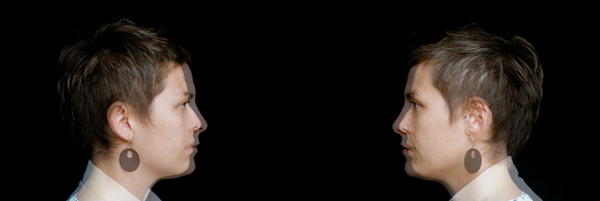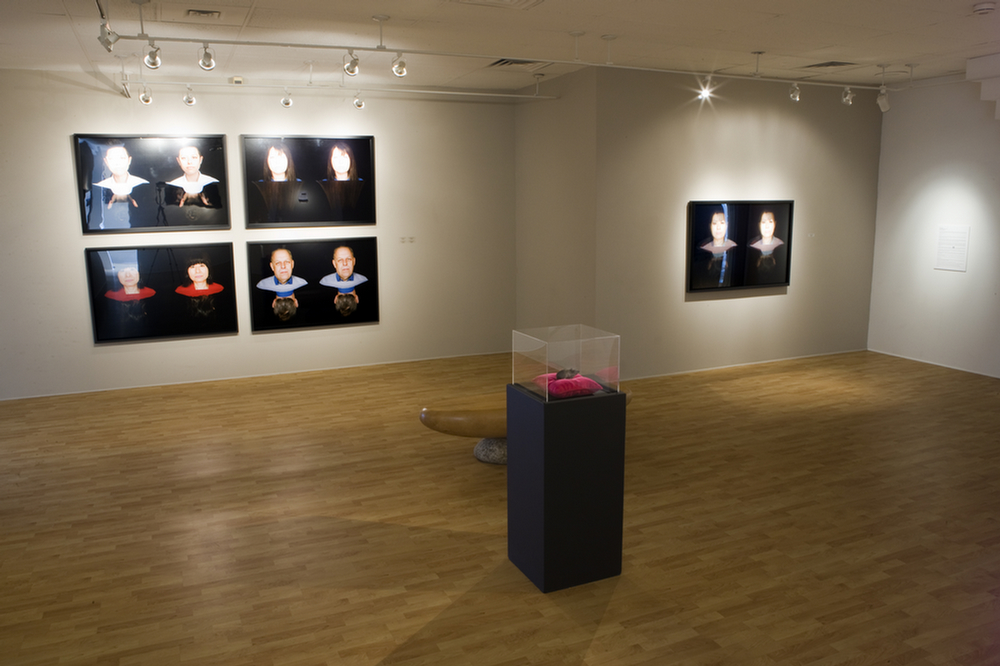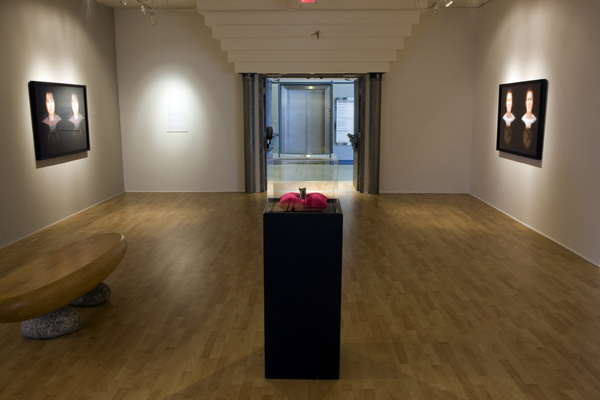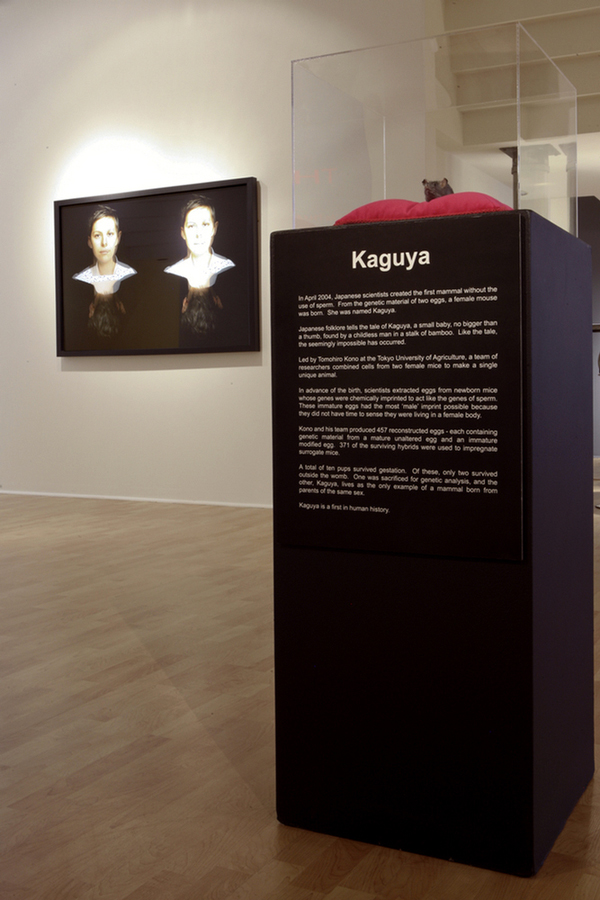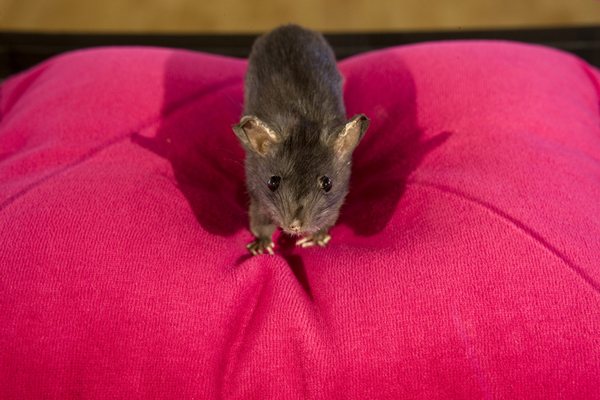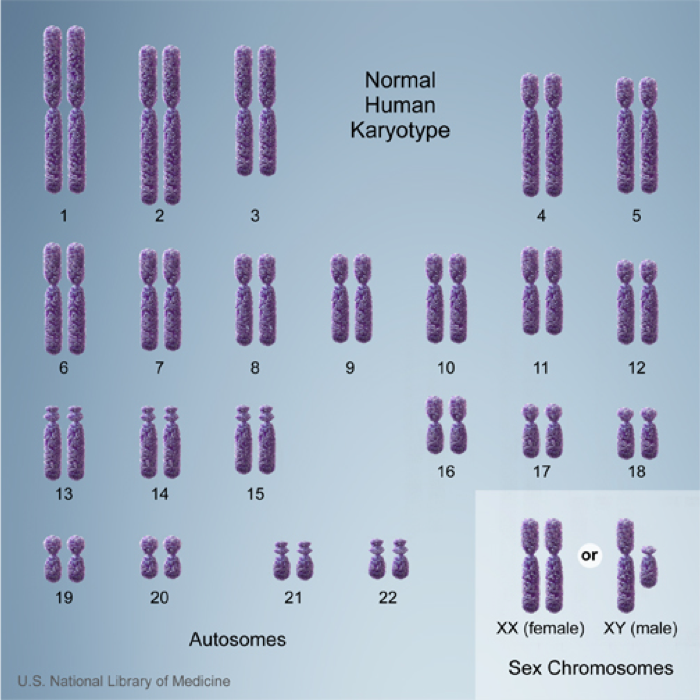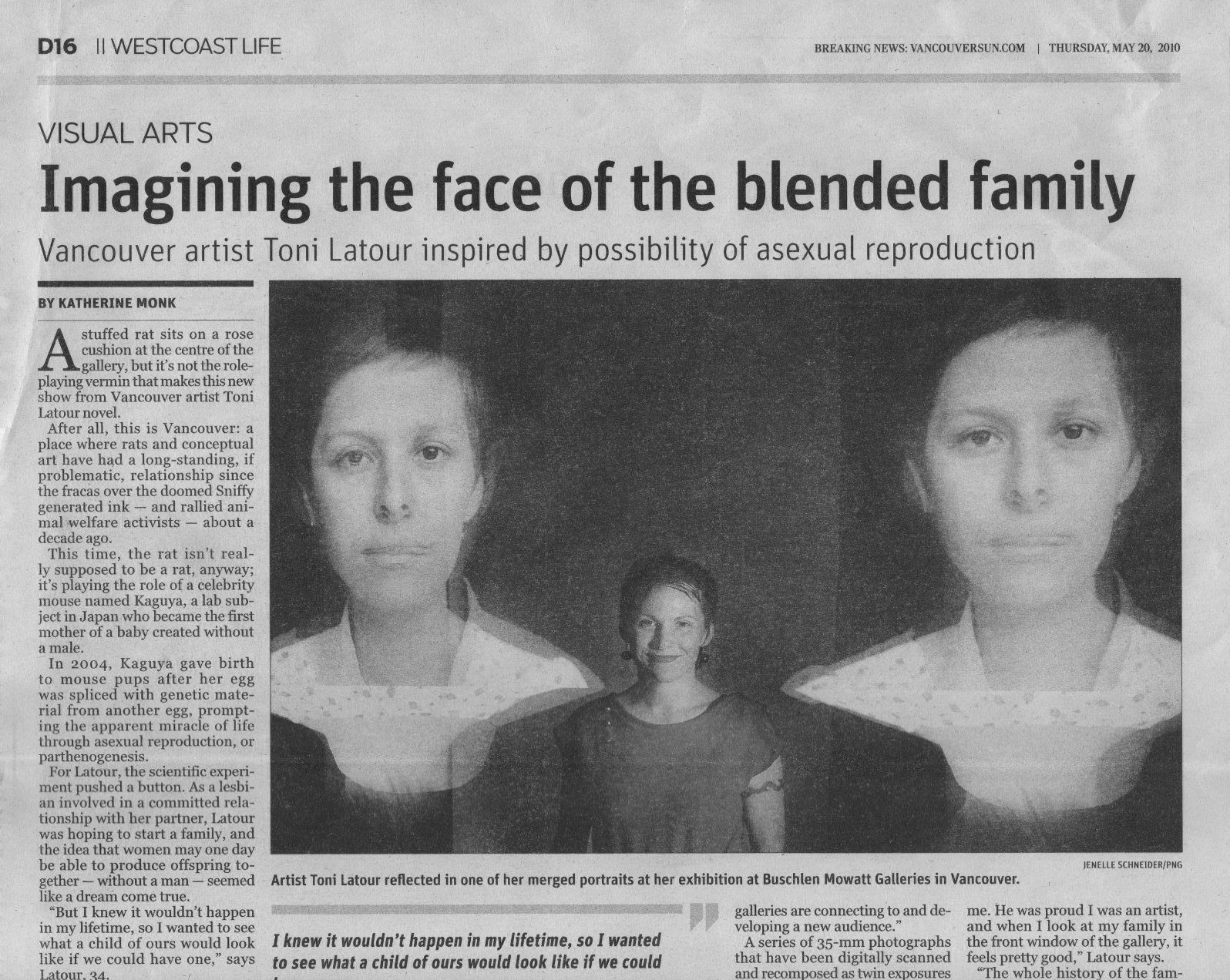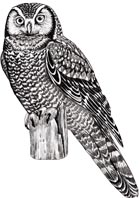The Latour Family
The Larsson Family
The Potential Larsson-Latour’s
The Latour Family
The Larsson Family
The Potential Larsson-Latour’s
Exhibition at Buschlen-Mowatt Galleries, Vancouver, 2010
[I]t is…simply facile to assume that there are universal experiences of family on which to draw… Even the apparent constancy of the procreative family, father-mother-child, is a cultural convention in only certain parts of the world… As humankind stands on the threshold of artificial cloning, we can only imagine how the definition of “nuclear” family will take on profoundly new meanings.
-John R Grimes, being in a circle of family, family ties: a contemporary perspective, Trevor Fairbrother, Peabody Essex Museum, Salem, Massachusetts, Marquand Books, 2003
The Family Project, from 2010, consists of 24 large scale photographs accompanied by a vitrine that holds a taxidermied rat with text describing Kaguya.
The taxidermy is a stand-in for the now-deceased mouse, Kaguya, who was created by Japanese scientists in April 2004. Led by Tomohiro Kono, at the Tokyo University of Agriculture, a team of researchers produced the first mammal without the use of sperm. From the genetic material of two eggs, a female mouse was born. She was named Kaguya.
Japanese folklore tells the tale of Kaguya, a small baby, no bigger than a thumb, found by a childless man in a stalk of bamboo. Like the tale, the seemingly impossible occurred.
Kono and his team produced 457 reconstructed eggs – each containing genetic material from a mature unaltered egg and an immature modified egg. 371 of the surviving hybrids were used to impregnate surrogate mice.
A total of ten pups survived gestation. Of these, only two survived outside the womb. One was sacrificed for genetic analysis, and the other, Kaguya, lived as the only example of a mammal born from parents of the same sex. Headlines declared, “Japanese scientists create world’s first fatherless mouse.”
Kaguya was a first in human history.
As a result of a huge scientific leap, Kaguya survived to adulthood and bore pups of her own by conventional means. Her very existence was a beacon for the possibility of XX same-sex reproduction in humans.
This advancement in reproductive science led to the making of this project, and the inspiration for same sex reproduction.
The photographs in the project depict portraits of my family and my former partner, Rina Larsson’s family, with additional images that merge my family, her family, and us together. The quadratic compositions are reminiscent of the two sets of chromosomes used to determine sex*. The faces are doubled on top, and the backs of heads are doubled on the bottom, visually suggesting movement – in a bowing and then cycling fashion. This suggested movement also acts as a metaphor for the cycles present in the human body, for the appearance of traits throughout generations of family, and for the life and death process.
The second set of portraits depicts each person looking at themselves, exhibiting the inconsistencies of each side of the face. These images speak to the idea of self reflexive mirroring – of looking at oneself as both a unique individual and a culmination of many.
The merged images are a way of seeing our common and individual physical traits. In both the Latour and Larsson families, one eye uncannily matches up. In the case of Rina and I, the merged images offer a unique opportunity to see what our potential child might have looked like as an adult.
Tomohiro Kono’s work is not yet applicable to humans, but given Dolly, the 1996 cloned sheep, and Eduardo Kac’s 2000 GFP Bunny, who glows green as a result of an added jellyfish gene, it is evident that we are moving in the direction of infinite genetic possibilities.
As definitions of family continue to grow and modify to fit actual experience, The Family Project offers a glimpse of hope, albeit controversial, into our future.
*As a point of interest, the work of Kono and his fellow researchers can only result in female organisms, as the Y chromosome is absent in both parents.
Special Thanks
I would like to thank my family, and the Larsson family, for their participation in the project and give special thanks to my late father, Wayne Latour, for his constant encouragement.
I thank Rina Larsson for her undying support of me, my family, and my art practice.
I would also like to acknowledge the work of my studio assistant, Connie Freitas, and her great skill and thoughtful eye.
I thank Launie Fairbairn at ABC Photo and Mike Barbiarz for their detailed attention and technical support.
Finally, I would like to thank Barrie Mowatt and everyone at Buschlen-Mowatt Galleries for presenting this work.
